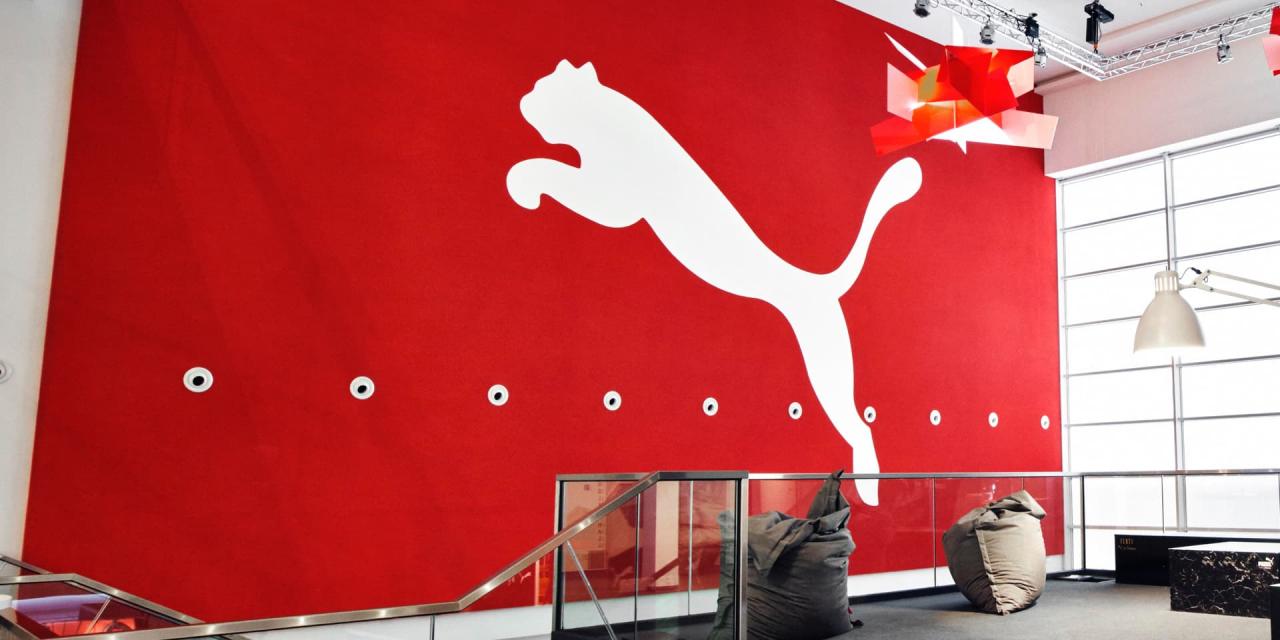
The starting point and the basis for the development of a screw-in stud boot is PUMA’s “ATOM” football boot, launched on the market by PUMA’s founder, Rudolf Dassler, shortly after the company was founded in 1948/49. After a two-year development period during which Dassler worked on his screw-in stud technology, as early as 1951 there were experienced players from a variety of leagues trialling the revolutionary innovation. One year later, PUMA commenced serial production of the new screw-in stud boot, the “SUPER ATOM”. The first deliveries of the PUMA screw-in stud boot to both leading sportsmen and the trade took place at the start of the 1952/53 football season in Germany, which saw them being used for the first time on the football field. Of the 1. FC Kaiserslautern team which won the German championship on 21 June 1953, a total of seven players were using the PUMA screw-in stud boot. These included Horst Eckel and Werner Liebrich, whose outstanding sporting achievements saw them included in the German national team. In 1953, as part of an advertising campaign, PUMA made reference to the successful use of the “SUPER ATOM” among Germany’s footballing elite.
In assessing the importance of this development for football, Georg Hetzler, a master craftsman who was making boots at PUMA right from the earliest days, states: ” The sporting world was, of course, pleased to see the screw-in stud appear on the market, as the earlier soles were dangerous for the player. Once the studs had worn down, the heads of the nails were left standing exposed. Of course the risk of injury was extremely high, but this was no longer the case with the screw-in stud boot. And that’s why this product was received so well everywhere.”
Then in the next football season in 1953/54, another version of the PUMA boot was launched on the market as a further development. The new model appeared under the name “BRASIL” and also featured the screw-in stud system which had proved its worth in the meantime. In the game which decided that year’s German football championship, played on 23 May 1954, a total of eight out of the eleven Hannover 96 players were wearing the new PUMA screw-in stud boot.
At the end of this season, PUMA launched another advertising campaign, this time highlighting the success of the newly developed “BRASIL” football boot. The headline caption on the advertising poster read: “And so it was in Hamburg in the deciding match of the 1954 German football championship – PUMA playing a part again!” There were also photos of the final match shown, featuring Hannover 96 players in their PUMA screw-in stud boots.
One member of the team, Rolf Gehrke, remembers using the PUMA screw-in stud boot: “We were really delighted to get the boot from PUMA when we did. The advantage of the screw-in stud boot was that it could be fitted with different studs for different weather conditions. Before the match every player could decide for himself whether he wanted to play with long, short or medium-length studs. This was PUMA creating a genuine revolution!”
PUMA has successfully come up with the historical evidence that as early as one year before the 1954 World Cup in Switzerland the company had become the first to introduce the screw-in stud boot into to the market under conditions of serial production. In so doing, PUMA has refuted the accepted version of the initial use of the screw-in stud boot, which had it that the suppliers of equipment to the German national team came up with the screw-in stud boot on their own for the World Cup in Switzerland.